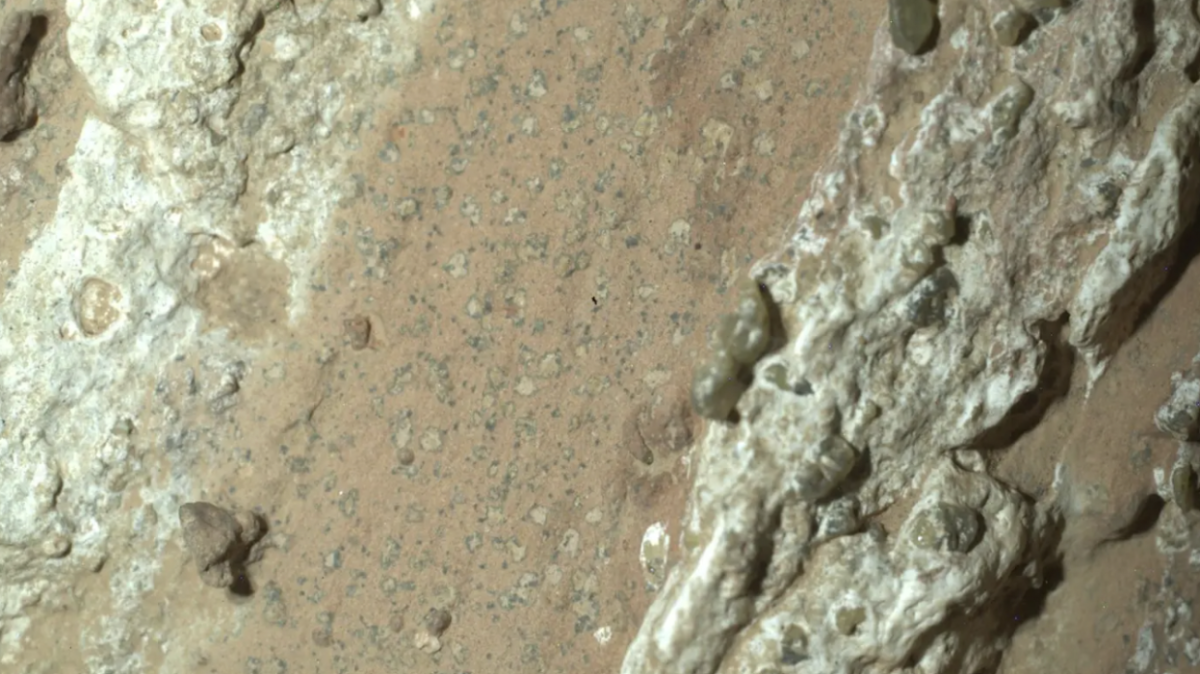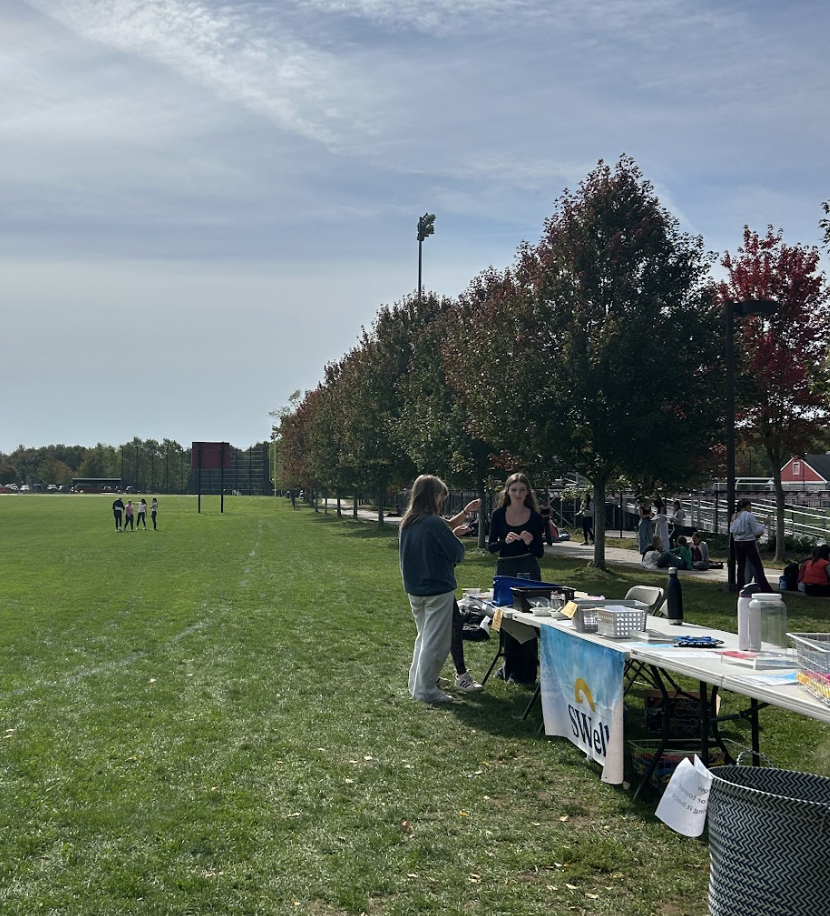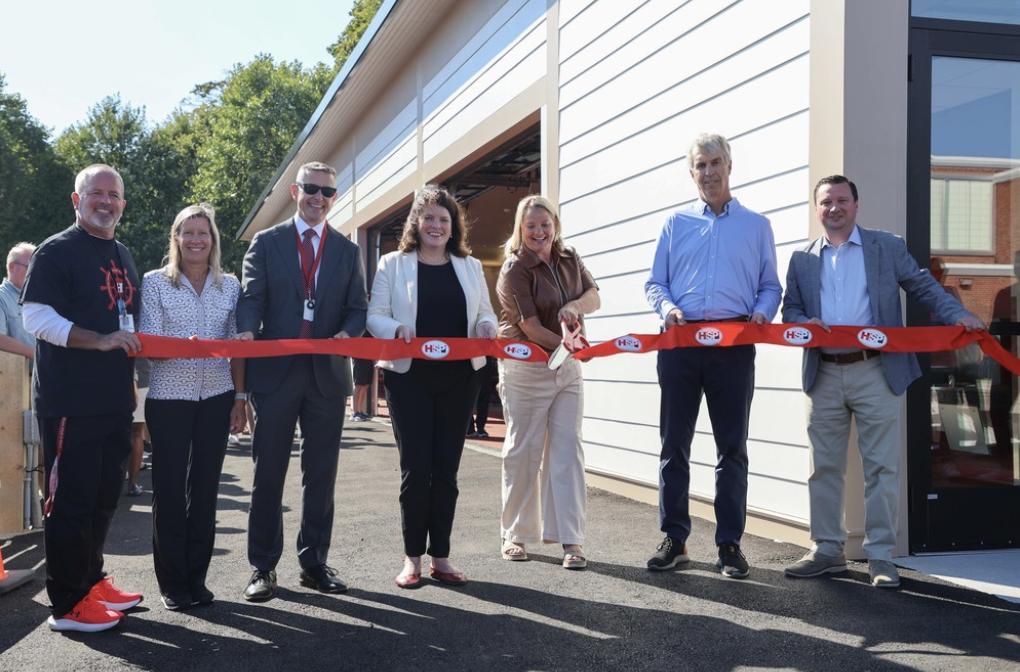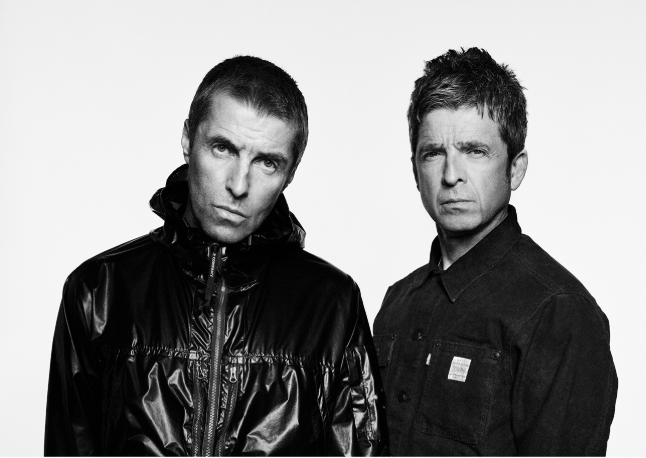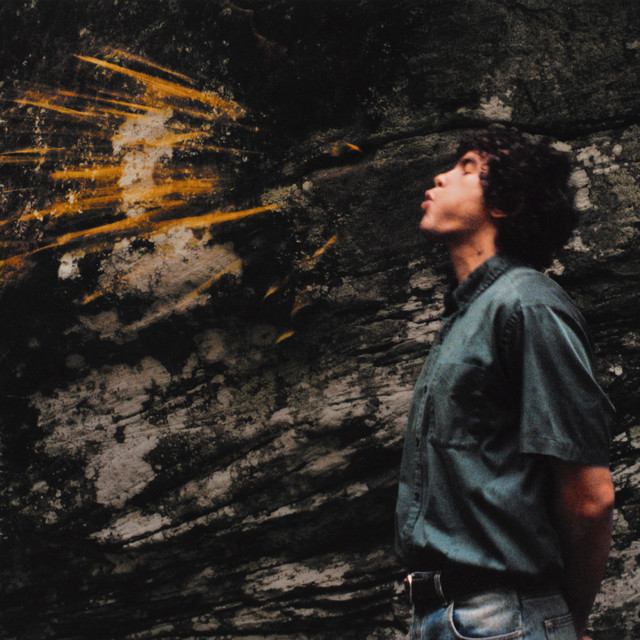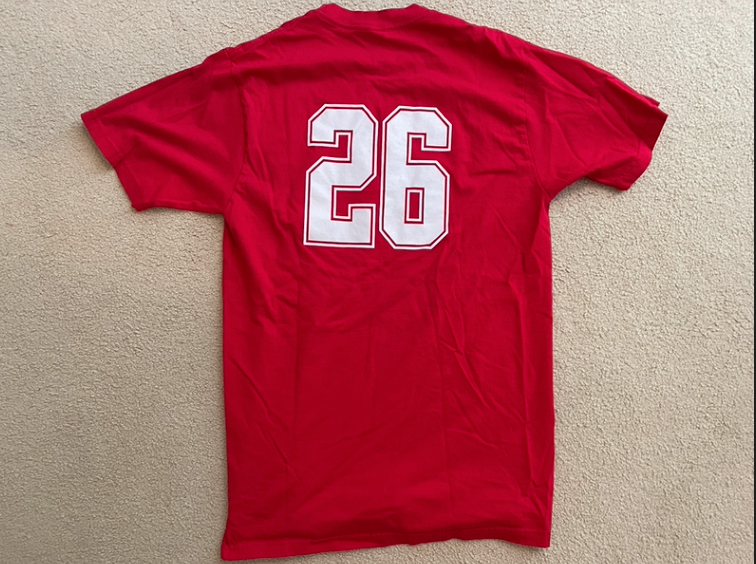The Death of Fidel Castro
December 4, 2016
On Friday, November 25, 2016, Cuba’s president Fidel Alejandro Castro Ruz passed away at the age of ninety. Castro’s death came as a shock to to the country. Despite knowing of Castro’s slowly declining health and old age, the people were shocked to realize that a man, who radically changed their country in the past sixty years, was now gone.
After 5 decades of controlling the country of Cuba, the people begin to mourn and send off their beloved and hated ruler. Castro helped the country establish free health care, public safety, and education, but the people were still attempting to flee the country due to failed promises from the revolution presented by Castro, poor economy, violence, and widespread poverty. The country began its nine day mourning on Saturday.
In an NPR interview live in Havana, Michael Weissenstein reported, “…ordinary Cubans, there’s a hope that – despite whatever sadness they’re feeling – that this is an opportunity to move forward faster and with deeper change.”
Some citizens viewed Castro as a dictator and do not mourn, but celebrate. CNN interviewed a Cuban-American that said, ““This is a celebration, but not a celebration of death, but a beginning of liberty that we’ve been waiting for many years. The hope is … that it opens up Cuba a little bit more”. Many Cubans living in America hope for the best for their home country.
In Hingham High school, many of the Spanish classes have spent time focusing on the aftermath of Castro’s death. Junior, Lizzy Haggerty’s Spanish class had the opportunity to discuss the death with a Cuban man. Lizzy describes, “He said he doesn’t think a change will come until Raul Castro dies as well or is out of power, when this happens there will be a change in power”. Also, Lizzy says her class discussed the events in Cuba, “People are celebrating in Cuba which doesn’t usually happen when a leader dies.” The death of Castro is striking different groups of people in different ways ranging from relief, sadness, hope, and fear.
On Tuesday, a public mass was held in Jose Marti Revolution Square in the center of Havana. Then on Wednesday, his ashes were spread across the island on the same path that he followed during his rise to power in 1959. And finally, his funeral will be held on Sunday at Santa Iphigenia cemetery, Santiago de Cuba.





